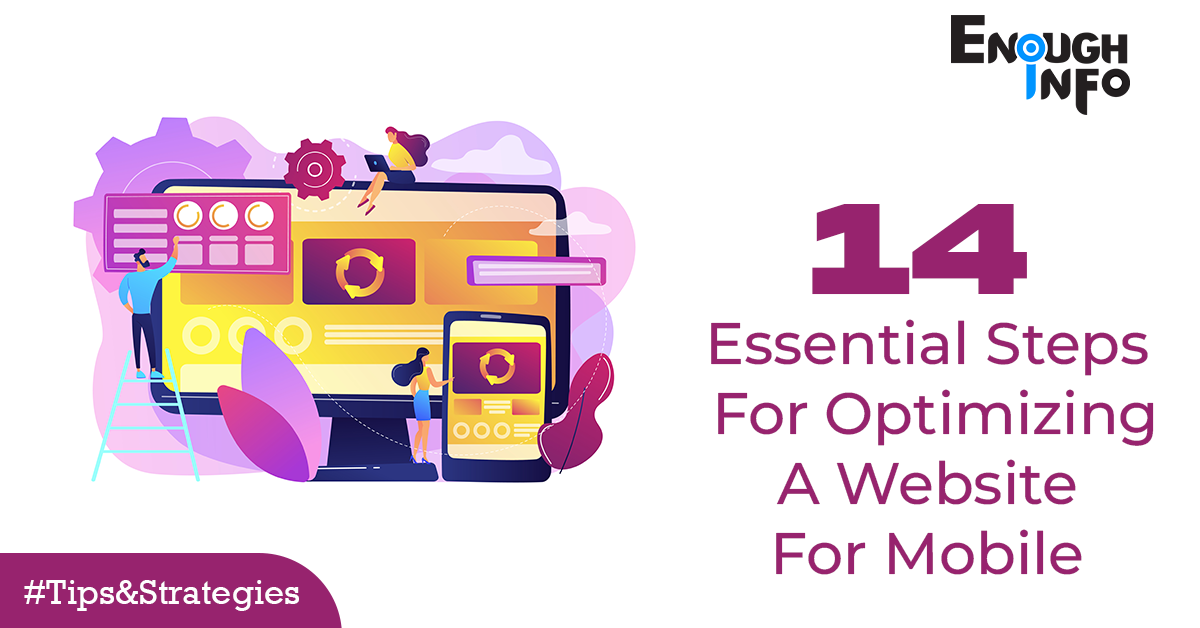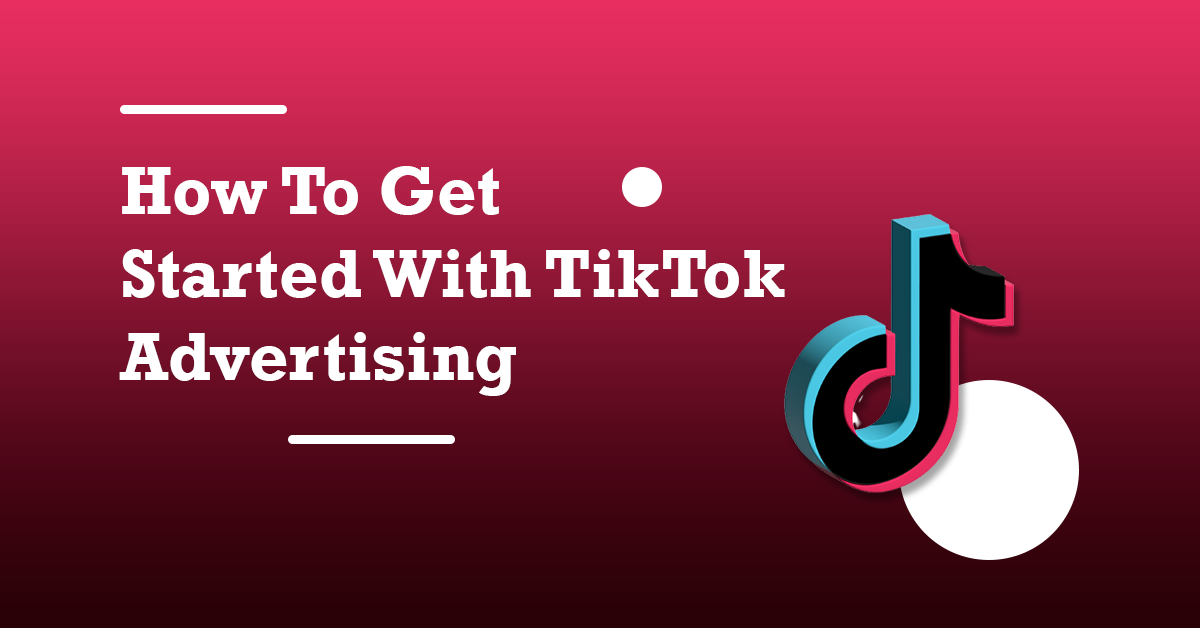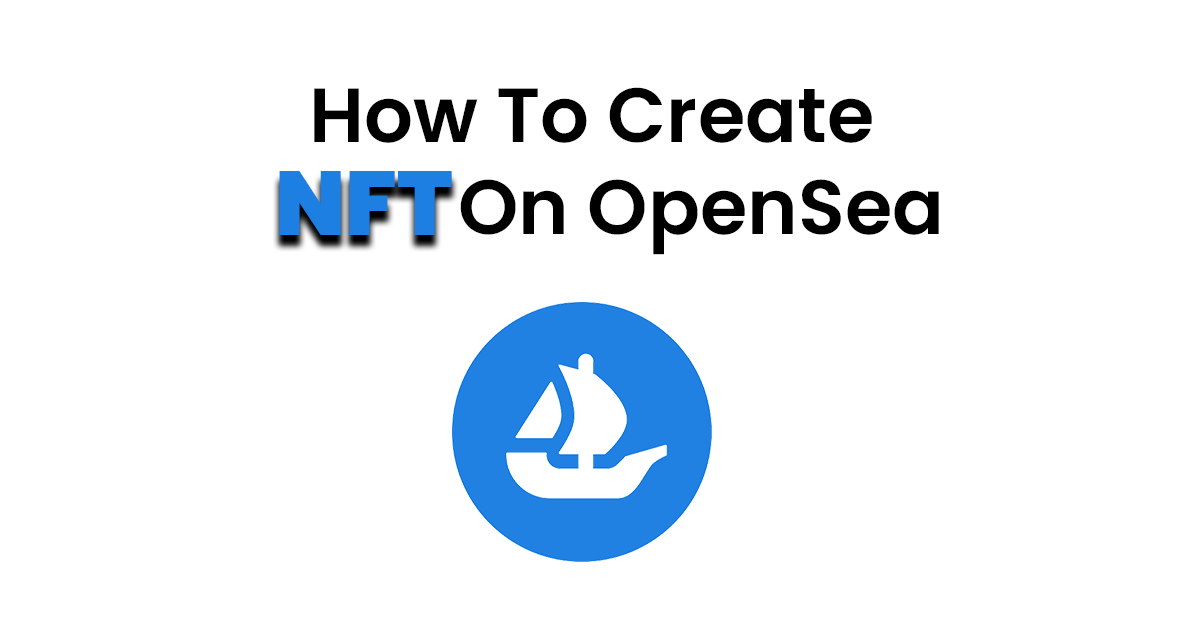How to Create an Effective Content Marketing Plan (2023)

How To Create An Effective Content Marketing Plan: Let’s pretend you have a lot of information ready to go but nowhere to put it. Instructional videos, blogs, and product photography. How do you plan to get this information in front of potential clients? Do you have a plan for where you want to take your content? Perhaps you’re looking to boost sales leads. How about working to expand your company’s reputation and profile online?

You need a content marketing strategy if you don’t know the answers to these questions. To be sure, you have company. Only 40% of B2B marketers are said to have a written content marketing plan. It’s a good idea to create or reevaluate a current content marketing plan whether or not you fall within that 40%.
Learn the basics of content marketing and how to develop your own content strategy by reading this article.
How to Create an Effective Content Marketing Plan – FAQs & Answers
How do I promote my content effectively?
You can promote your content effectively through various channels, such as your website/blog, social media platforms, email newsletters, guest posting, and paid advertising. Develop a promotion strategy that aligns with your target audience and distribution channels, and utilize tactics such as SEO, social media marketing, email marketing, and influencer partnerships to reach your audience effectively.
How do I measure the success of my content marketing plan?
You can measure the success of your content marketing plan by setting clear key performance indicators (KPIs) aligned with your goals, such as website traffic, engagement metrics (likes, shares, comments), conversion rates, email subscribers, and other relevant metrics. Regularly track and analyze your performance using analytics tools and make data-driven decisions to optimize your content marketing strategy.
How often should I update my content marketing plan?
It’s important to regularly review and update your content marketing plan to keep it aligned with your business objectives, target audience, and market trends. Content marketing is an ongoing process that requires constant monitoring, optimization, and refinement. Update your plan as needed to adapt to changing circumstances and ensure its continued effectiveness.
What is a content marketing plan?
A content marketing plan is like a master chef’s recipe for success. It’s a carefully crafted concoction of creativity, strategy, and storytelling that leaves your audience hungry for more. Just like a chef plans their menu, selects the finest ingredients, and expertly prepares each dish to perfection, a content marketing plan involves choosing the right content types, flavors, and formats to captivate your target audience.
It’s a symphony of engaging blog posts, mouth-watering videos, tantalizing social media posts, and delectable infographics that are carefully cooked up and served at the right time and place to leave your audience craving for more. Just as a chef relies on their culinary expertise and intuition, a content marketing plan requires a deep understanding of your audience’s tastes, preferences, and needs, as well as a strategic approach to distribution and promotion.
And just like a successful meal brings joy and satisfaction to diners, a well-executed content marketing plan delights and engages your audience, building brand awareness, loyalty, and trust. So, let your creativity simmer, your strategy sizzle and your storytelling shine as you cook up a content marketing plan that’s sure to leave your audience hungry for more! Bon appétit!
Why do marketers need to create a content marketing strategy?
Content marketing is done haphazardly in the absence of a plan. You need a content marketing plan if you’ve ever done any of the following.
- You are out of content to post.
- You have a number of channels but are unsure of the appropriate kind of material to use on each.
- You are unaware of the subjects that your audience prefers.
- You are aware that you did not publish on that day.
- You lack an idea for a post.
A foundation for all of the aforementioned and much more may be found in a content marketing plan. Additionally, you may utilise data to evaluate the effectiveness of your approach after it is in place. Multi-departmental content marketing is common. Product papers and case studies may be used by sales teams to nurture leads, while newsletters can be used by the marketing team to reach out to potential customers.
Regardless of the size of your business, you will occasionally employ content to promote your goods or services. And if you keep doing that, having a strategy keeps everyone in sync. You’ll have the material all prepared and planned, saving you time to focus on community participation rather than having to create a post right away.
Read: What Companies Are in the Customer Services Field?
13 Steps on How to Create an Effective Content Marketing Plan
Here are the steps on How to Create an Effective Content Marketing Plan:
Step 1. Set goals and KPIs
A plan always starts with goals. What are you hoping to accomplish with content marketing? A recent study of B2B marketers found that 70% of them used content marketing to educate their customers, 75% used it to establish credibility and trust, and 80% stated it helped them successfully create brand awareness.
Clearly define what you want to achieve through your content marketing efforts. Are you aiming to increase brand awareness, generate leads, drive website traffic, boost sales, or enhance customer loyalty? Setting clear and measurable goals will guide the rest of your content marketing plan.
Step 2. Decide on target audiences
The foundation of content marketing is knowing your target audience. Consider that you wish to draw a certain demographic. You’ll need to know what those folks enjoy and hate in that situation. You must also understand the kind of material that would appeal to your target market. Creating a consumer persona is the next phase in your content marketing planning. You should include the basic demographics of age, gender, region, and income in your persona. It would be beneficial if you additionally take into account factors like the interests, issues, and motivations of your target audience.
Step 3. Research your Competitors
The second stage is to look at the competition you will encounter while trying to draw in your target audience. But keep in mind that you will face competition for people’s time and attention from more than just your usual rivals. The same subjects as your postings may also be covered by content from websites like news, reference, and entertainment sites. When researching your rivals, take note of the kind of material they are creating and what seems to have been the most effective. Find out what keywords they are aiming for as well.
Step 4. Review your existing content
If you don’t know where you’re beginning from, how can you know where to go? An audit makes it simple to evaluate your material and provides an answer to this query. You should begin by cataloguing all of your current material. Set a time restriction, such as three months or a year, if there is an excessive number. A data collection that provides a thorough understanding of what you are releasing is required.
You could discover material by doing a content audit on your blog postings. You may use it to find duplicate material on your website. Use the social media audit template from Sprout Social to evaluate the material that is posted on your social media platforms for social media postings. You can include one or two competitors to assist in benchmarking your content marketing if you’re feeling adventurous.
Review the following
- What are you posting about, exactly?
- What categories of material do you post?
- Where are you disseminating the content?
- How well are your postings performing? Check
You should be able to identify some trends about which content and channels are doing better than others after the documentation is complete.
Step 5. Complete Topic And Keyword Research
Finding out what your audience is searching for online is the following step after knowing your aims and comprehending your audience. You must conduct keyword research on popular search terms on Google and other search engines. Investigating the search volume for the terms you think are relevant might be the first step in this approach. Your keyword research will probably provide some unexpected results and provide you with fresh content ideas.
Step 6. Choose the best content channels
Typically, you want to begin your content marketing strategy on the distribution channels where you already have a loyal following. You need to have discovered certain tendencies about the most effective routes for your content during the audit.
Check the statistics of your website to check where the referral sources are coming from for further information. Are visitors finding your blog article through social media or mailing posts? Do people use search more to locate you? You may concentrate your efforts on those channels by being aware of where your audience is coming from.
Due to unrelated material, 51% of customers unfollow businesses on social media. Explore Sprout’s suggestions on what to publish on each social media network if you’re still stumped or lack sufficient information.
Step 7. Select content categories
When developing your content marketing strategy, keep in mind that not all content kinds are created equal and that there are various distinct content formats to take into account. Others cost more to produce, while some perform better on certain networks. Photos, videos, blog articles, podcasts, infographics, and user-generated content are examples of common content kinds.
Step 8. Devise Your Strategy
Planning how you will apply the data your investigation discovered is the next stage. You need to think about the platforms you’ll use to publish your material and the strategies you’ll employ to market it. You should consider what kind of material will appeal to your target audience the most. Would white papers and blog entries, for instance, be more appropriate for your audience, or would videos and infographics be better? Most of the time, using a variety of media will be the best course of action.
Step 9. Make a Resource Plan
You’ll undoubtedly have a tonne of ideas after conducting your content marketing study. But now you also need to consider what you can actually accomplish with the resources at your disposal. You must select whether to create your content in-house or to hire a content production agency. Additionally, you will need to designate someone to oversee your content marketing strategy and to reply to any comments or inquiries that are made about your material. You need to be realistic about how much time you can dedicate to your campaign since content marketing might take a lot of time.
Step 10. Determine the budget, resources, and tools
Being aware of your budget is a necessary component in creating this content marketing strategy. This covers your spending limit, your toolkit, and any potential staff or independent contractors.
Although it might be difficult, creating original material remotely is not impossible. Determine which resources you currently have and which ones you’ll need (which could need approval) at this phase.
Step 11. Create a content calendar
An editorial schedule is essential to your plan. You need a location to organise your material. It should be able to at the very least keep track of the subjects and information you want to upload and when. An improved content calendar will keep track of each piece of content’s distribution, status, contributors, and performance after marketing.
You may check out many other content calendar templates online. Using a spreadsheet or your social media calendar, you may easily keep track of your material.
Step 12. Publish, create, and market your content
You should write every piece of material you post with your goals in mind. And don’t forget to use the keywords you found throughout your study. Maintaining excellent content quality is vital. To fulfil the deadline on your content publication calendar, don’t hurriedly create content. As soon as your material is released, you must advertise it. Share your articles on social media and forward them to anybody you think might find them interesting.
Step 13. Measure results
Analysing is the final phase in your content marketing approach. You can’t monitor your progress toward your initial objectives without gathering data. You’ll want either Google Analytics or any native tools analytics for channels like newsletters or your website. Utilise social media analytics tools like those provided by Sprout to monitor social performance.
For instance, the Post Performance Report displays the effectiveness of each piece of published material. You’ll be aware of the stats for each post’s likes, impressions, and interactions.
Conclusion
That is it on How to Create an Effective Content Marketing Plan. The aforementioned 13-step process demonstrates that creating a content marketing strategy is a cycle rather than a one-time project. As you go, you will get more insight into your audience and the type of material that engages them, and you’ll need to make regular adjustments to your strategy. But the aforementioned pointers ought to assist you in beginning to develop a content marketing strategy.
Recommended:
Customer Retention Strategies That Work (Top 25)
10 Best Strategies For Promoting Local Brick-and-Mortar Business Online
How to use chat GPT for blogging to Make $70,000 Per Month?




